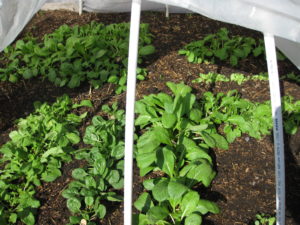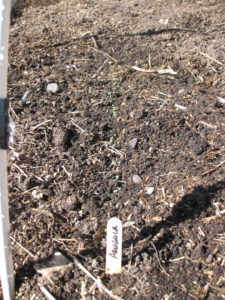Back Again

So — here we are again — back on the blog.
I miss blogging. I know no one reads blogs anymore, but whatever — when I started blogging in 2003, no one even knew what a blog was. I miss the form, the small writing, the engagement with the everyday, and having some ownership over my own content.
Social media didn’t fill the same niche for me as blogging. I think I was here blogging away before Facebook was even really a thing, and now that I’ve killed off my FB account, here I am again. I like Instagram, and will probably do a lot of cross posting to that platform, but I HATE writing on the phone. And the Twitter — as much as I’d love to be a like @blairbraverman, who can write a genius story in a tweet thread, I am not that person. I also did TinyLetter for a while, but I don’t know — does anyone on earth actually WANT more email? I know there are a bunch of TinyLetter subscriptions piling up unread in my inbox …
And so I thought, why not return to the blog? I have it. I pay for web hosting. It’s that perfect sweet spot between private scribbling in notebooks and public writing of the sort that eventually becomes real essays.
The new tagline, for now, is from Gary Snyder. I worked with Snyder at UC Davis, and his bioregional outlook is one that has infused the entire 17 year project that has been LivingSmall. Gary’s advice to us in grad school wasn’t about poetry. Find a place, he told us, where you can afford to buy and pay off a piece of property. Then you won’t have to go live and teach in places that aren’t home. Settle in. Get to know the neighbors. Get to know the plants and animals and seasons. Know your watersheds.
And so that’s what I’ve been doing all this time. Fixing up and settling into and paying off my house — not primarily as an investment, although that does provide some solace when I get the 3AM financial panics — but as a home. As my home.
I had an unstable and peripatetic childhood. Home was a fraught concept, and building a home with one another as practice for moving back out into the world was the main project my brother Patrick and I shared during the four years we lived together after I finished my Phd. When he was killed our first year here in Livingston, I didn’t know how I was going to survive. It’s the core of this book I’m writing — how settling into this house, how building the garden and raising dogs and keeping chickens and learning to make things all saved me. How the community here, from the friends who showed up that first night when word got out about Patrick’s wreck, and who stayed, to the kids I’ve been lucky enough to help raise as the universal auntie — how all that saved me. And how Himself, with whom I’ve shared a life for 10 years this month, has also been my stalwart (although I don’t write about him much as he doesn’t like to be On teh Intertubes).
There are questions I want to keep poking at. What does it mean to live a good life? How do we live a good life in a world that is growing increasingly hotter? In a world where we’re beset by consumerist messaging urging us to buy more, scaring us that if we don’t have a specific “lifestyle” then we’re falling short, we’re going to fall through the cracks, that we’re “losers” — what does it mean to deliberately consume less?
And so welcome back long-lost readers. I sort of doubt there’s anyone out there, but that’s okay … I’m kind of happy to noodle around in this semi-public backwater for a while. And if you’re one of my older readers who still get notifications, welcome back. I’m still here, and still trying to figure out the same issues I always have been.







 , or
, or  (one of my very favorite discoveries).?
(one of my very favorite discoveries).?